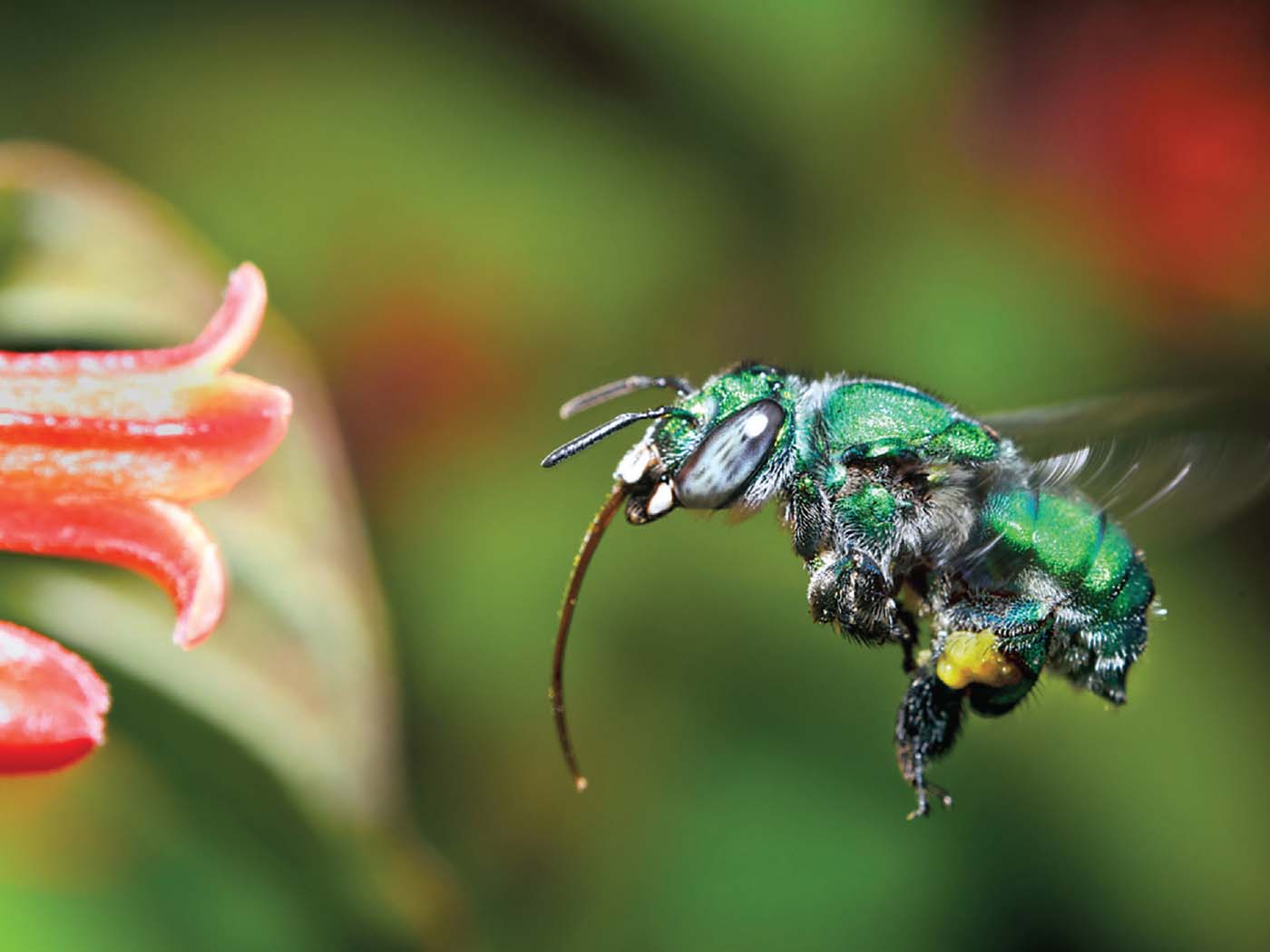Scientists discovered a tiny moth on Australia's Kangaroo Island and gave it the name Enigmatinea glatzella. The name is quite descriptive, as Enigmatinea means "enigma moth" in Latin.1,2 But why is this moth an enigma to evolutionary scientists?
Today's living representatives of this moth have "basically the same features" as their ancestors, which evolutionists claim lived forty to fifty million years ago.3 Hence, virtually no evolution has occurred in all that supposed time! Ted Edwards, one of the scientists tasked with describing the new moth family said, "It's really quite remarkable because it means that the ancestral line has continued right through without changing a lot of its basic structures."1
For this reason, scientists are calling Enigmatinea glatzella a "dinosaur moth." Since, in evolutionary thinking, dinosaurs became extinct 65 million years ago, the discovery of living representatives of a creature that is at least forty million years old is as remarkable as discovering a living dinosaur.
The lack of evolution is even more surprising when one realizes that the moth has an extremely short lifespan: These dinosaur moths emerge from their cocoons, mate, lay eggs, and die within a single day. Although the total lifespan (egg to adult) of the dinosaur moth is apparently not well-known, other short-lived moths have total lifespans of about a month.4 This means that hundreds of millions of generations of dinosaur moths could easily have lived and died in this supposed forty-million-year interval. Even though death is the engine that supposedly drives evolution, essentially no evolution has occurred in all that alleged time.
Furthermore, this discovery calls into question previous secular beliefs about moth evolution. Constructing a new moth phylogeny (evolutionary lineage) that takes into account the existence of this newly-discovered moth requires, in the words of the paper's authors, "an additional number of ad hoc assumptions."2
This moth is just one more example of a "living fossil," a creature whose living representatives are not significantly different from their fossilized ancestors, despite the alleged passage of millions of years.5,6,7,8 Of course, this lack of evolution is exactly what one would expect to find in nature since God created all flying creatures—including moths—to reproduce "according to its kind" (Genesis 1:21).
References
- Casey, M. "Living dinosaur" moth discovered in Australia. CBS News. Posted on cbsnews.com March 4, 2015, accessed March 12, 2015.
- Kristensen, N. P. et al. 2015. A new extant family of primitive moths from Kangaroo Island, Australia, and its significance for understanding early Lepidoptera evolution. Systematic Entomology. 40 (1): 5-16.
- Moth discovered may be a 'living dinosaur.' AOL News. Posted on aol.com March 6, 2015, accessed March 12, 2015.
- Williams, E. et al. "How long do butterflies or moths live?" Frequently Asked Questions. The Lepidopterists' Society. Posted on lepsoc.org, accessed March 18, 2015.
- Thomas, B. 2011. Insect Fossil Flies in the Face of Gradual Evolution. Science News Update. Posted on icr.org April 29, 2011, accessed March 12, 2015.
- Thomas, B. 2010. New Population Found of Damselfly 'Living Fossil.' Science News Update. Posted on icr.org January 19, 2010, accessed March 12, 2015.
- Sherwin, F. 2006. Butterfly Evolution? Science News Update. Posted on icr.org July 18, 2006, accessed March 12, 2015.
- Sherwin, F. 2005. Butterflies vs. Macroevolution. Acts & Facts. 34 (2).
Image credit: Copyright © 2015. CSIRO Ecosystem Sciences. Adapted for use in accordance with federal copyright (fair use doctrine) law. Usage by ICR does not imply endorsement of copyright holder.
*Dr. Hebert is Research Associate at the Institute for Creation Research and received his Ph.D. in physics from the University of Texas at Dallas.
Article posted March 30, 2015.



















